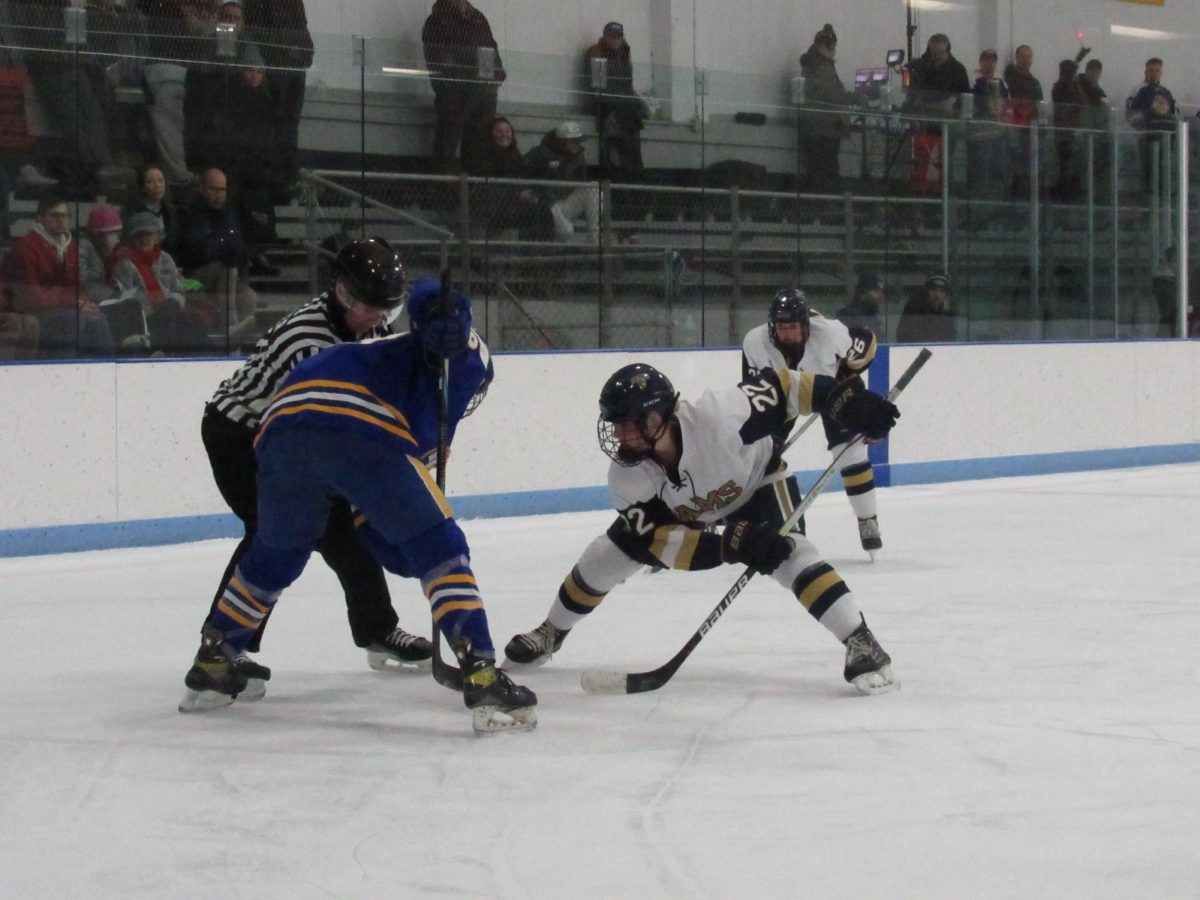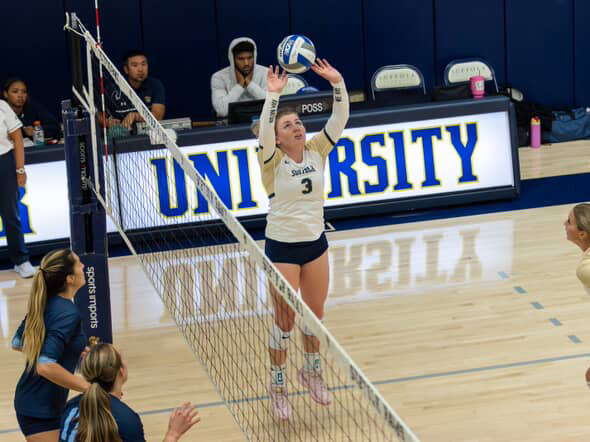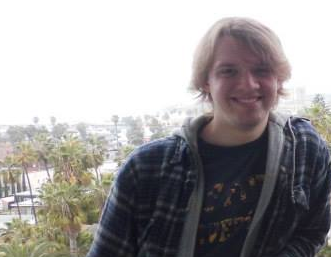It’s June, and for hockey fans that means one thing: the Stanley Cup Final.
Just two months ago, at the beginning of the playoffs, analysts and amateurs alike were all making their picks for who would meet in the Stanley Cup Final. Some said St. Louis and New York. Others said Pittsburgh and Vancouver. But nobody guessed that it would be the eighth seeded Los Angeles Kings playing the sixth seeded New Jersey Devils in this year’s battle for the cup.
The two teams took different paths to the finals. New Jersey heated up after a slow start to finish with 102 points and grabbed the sixth seed. In the playoffs, they defeated the third seeded Florida Panthers in seven games, the fourth seeded Philadelphia Flyers in five, and earned bragging rights with their heated rivals the New York Rangers after defeating them in six games in the Eastern Conference Final. After hitting a bump in the road against Florida, New Jersey is 8-3 in their previous two series.
The Kings barely squeaked into the postseason. An anemic offense (29th in the entire NHL during the regular season) was saved by unworldly goaltender and Vezina Trophy nominee Jonathan Quick, who had 35 wins, 10 shutouts, a .929 save percentage, and 1.95 goals against average during the regular season. It has been a totally different story in the postseason. Going into the finals, the Kings are 12-2 and average 2.85 goals a game. They defeated the Cup favorite and first seeded Vancouver Canucks in five games, the second seeded St. Louis Blues in a sweep, and the third seeded Phoenix Coyotes in five. They did all of this while going undefeated (8-0) on the road.
So what does this all mean? That the salary cap, implemented after the 2005 lockout by NHL Commissioner Gary Bettman, is finally working. Bettman created the salary cap to minimize the gap between good and bad teams. Ideally, if all of the teams had the same amount of money to spend on players, teams would be more evenly matched, making for better hockey. Seeing a sixth seed and an eighth seed playing in the finals means that the salary cap is finally starting to work in the way that Bettman envisioned. Yes, there will always be great teams and terrible teams, but gone are the days of ’80-’83 Islanders and the Oilers of the late ‘80’s. In the salary cap era, it is harder for teams to get blown out in 5-0 or 6-0 games. The fact that the Devils racked up 102 points this year and still only got the sixth seed also proves that competition in the NHL is getting much closer. As this season has shown, it is also harder for the top seeded teams to play against the lower seeded teams in the playoffs, making for even more unpredictable playoff action.
Overall, this is a great thing for the NHL. Every aspect of tighter competition will draw in more fans for the game that sometimes struggles to grow in America. The higher chance for success will draw more fans to teams with struggling fan bases like Florida or Columbus. And closer, harder fought games will draw more fans all around. Most hockey fans aren’t huge fans of Gary Bettman, but his critics at least must thank him for the salary cap, which has made the sport we all love more exciting to watch. Now it’s time to sit back and enjoy this year’s Stanley Cup Finals, which features two great teams and will be as exciting as ever to watch.









Matthew • Jun 8, 2012 at 12:36 pm
Not entirely true…
The salary cap era began in 2005-06 season. Take a look at the teams who have played in the Stanley Cup Final and their conference seeding.
2005-06: Carolina Hurricanes (2) vs Edmonton Oilers (8)
2006-07: Anaheim Ducks (2) vs Ottawa Senators (4)
2007-08: Detroit Red Wings (1) vs Pittsburgh Penguins (2)
2008-09: Pittsburgh Penguins (4) vs Detroit Red Wings (2)
2009-10: Chicago Blackhawks (2) vs Philadelphia Flyers (7)
2010-11: Boston Bruins (2) vs Vancouver Canucks (1)
2011-12: Los Angeles Kings (8) vs New Jersey Devils (6)
Every year has seen a different Cup champion with only 2008 & 2009 having the same two teams in the Final. Parity has been prevalent since the cap was instituted. Plus, if you take a look at both the Kings & Devils standings this season, you can tell that both teams were close to winning their respective divisions which would have catapulted them into the top three.
Sure, these seedings look sexy on paper, but it’s a hell of a lot closer than you wrote.